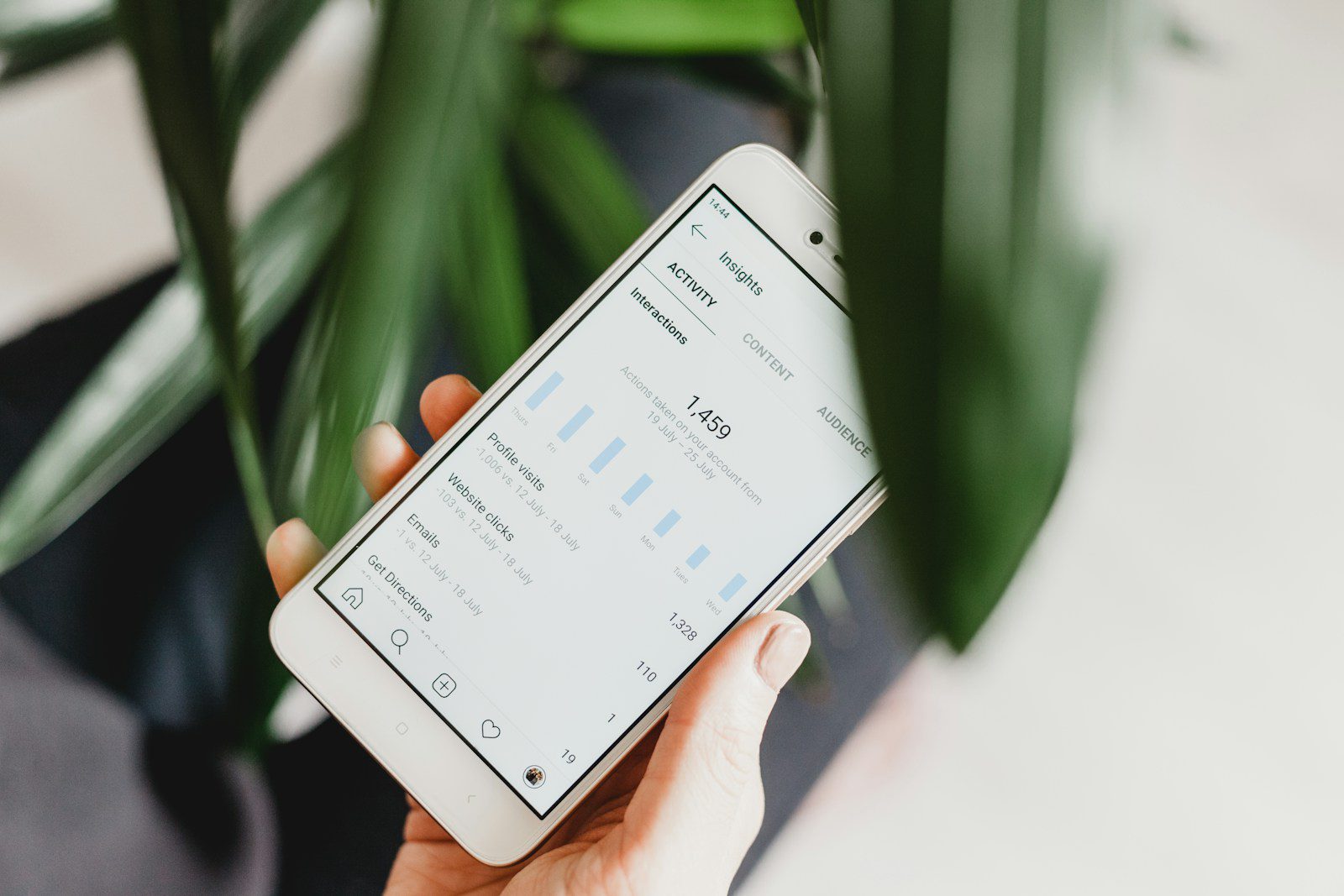
As we have entered the year 2024, the digital marketing landscape continues to evolve at a rapid pace driven by advancements in technology, changing consumer behavior, and emerging trends. Staying ahead of the curve and adapting to the latest developments is essential for businesses looking to succeed in the competitive digital marketplace. Continue reading for some of the key digital marketing trends you need to know about in 2024.
Artificial intelligence (AI) and machine learning are revolutionizing the way businesses approach digital marketing. In 2024, AI-powered tools and technologies will play a more significant role in automating marketing processes, personalizing customer experiences, and optimizing campaign performance. From chatbots and virtual assistants to predictive analytics and content generation, AI will continue to drive efficiency and effectiveness in digital marketing strategies.
Personalization has been a growing trend in digital marketing, and in 2024, it will become even more crucial. Consumers expect personalized experiences tailored to their preferences and needs, and businesses that can deliver relevant, customized content will stand out from the competition. Leveraging data and AI-driven insights, marketers can create hyper-targeted campaigns that resonate with individual customers and drive engagement and conversions.
With the rise of voice-activated devices and virtual assistants like Siri, Alexa, and Google Assistant, voice search optimization is becoming increasingly important for businesses. In 2024, optimizing content for voice search queries and leveraging conversational keywords will be essential for improving visibility in search results and reaching users who rely on voice search for information and recommendations.
Augmented reality (AR) and virtual reality (VR) technologies are transforming the way brands engage with consumers and create immersive experiences. In 2024, more businesses will leverage AR and VR in their digital marketing strategies to showcase products, provide virtual tours, and offer interactive experiences that captivate audiences. These technologies offer unique opportunities for storytelling and brand engagement, allowing businesses to stand out in a crowded digital landscape.
In an increasingly socially conscious world, consumers are paying more attention to the environmental and social impact of the brands they support. In 2024, businesses that prioritize sustainability, social responsibility, and ethical practices in their marketing efforts will resonate with consumers and build trust and loyalty. From green marketing initiatives to cause-based campaigns, incorporating sustainability and social responsibility into digital marketing strategies will be a key trend to watch.
The digital marketing trends shaping the industry in 2024 reflect a continued focus on innovation, personalization, and engagement. By staying informed of these trends and embracing new technologies and strategies, businesses can position themselves for success in the evolving digital landscape. As we look ahead to 2024, the opportunities for creativity and growth in digital marketing are endless, and businesses that adapt and innovate will thrive in the digital age.








